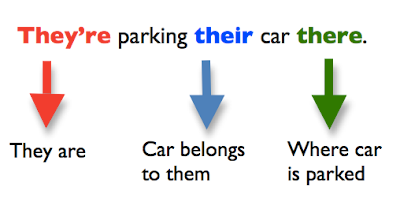The 50 (plus) Best 2017 -2018 Small Business, Tech, Marketing Conferences

From: Susan Solovic Regular followers of this space know that I’m firmly committed to the proposition that as a small business owner you need to grow if you are serious about growing your small business. That’s why I recommended attending at least one of the best small business conferences each year. To make this a little easier for you, I’ve compiled a list of the 50 best tech, startup and small business conferences 2017 – 2018 has to offer. Do a little exploring (I’ve provided the links) and you’ll find: Great marketing conferences, Top tech topics, Business networking opportunities, Cutting edge online strategies, Social media marketing conferences, And much more. Further, it’s likely you can find a small business conference that’s not too far away from your home turf and at a time that’s convenient for you to attend. And don’t forget about your team. Sending your employees to one of the best 2017-2018 small business conferences not only brings new skills and knowledge int
















